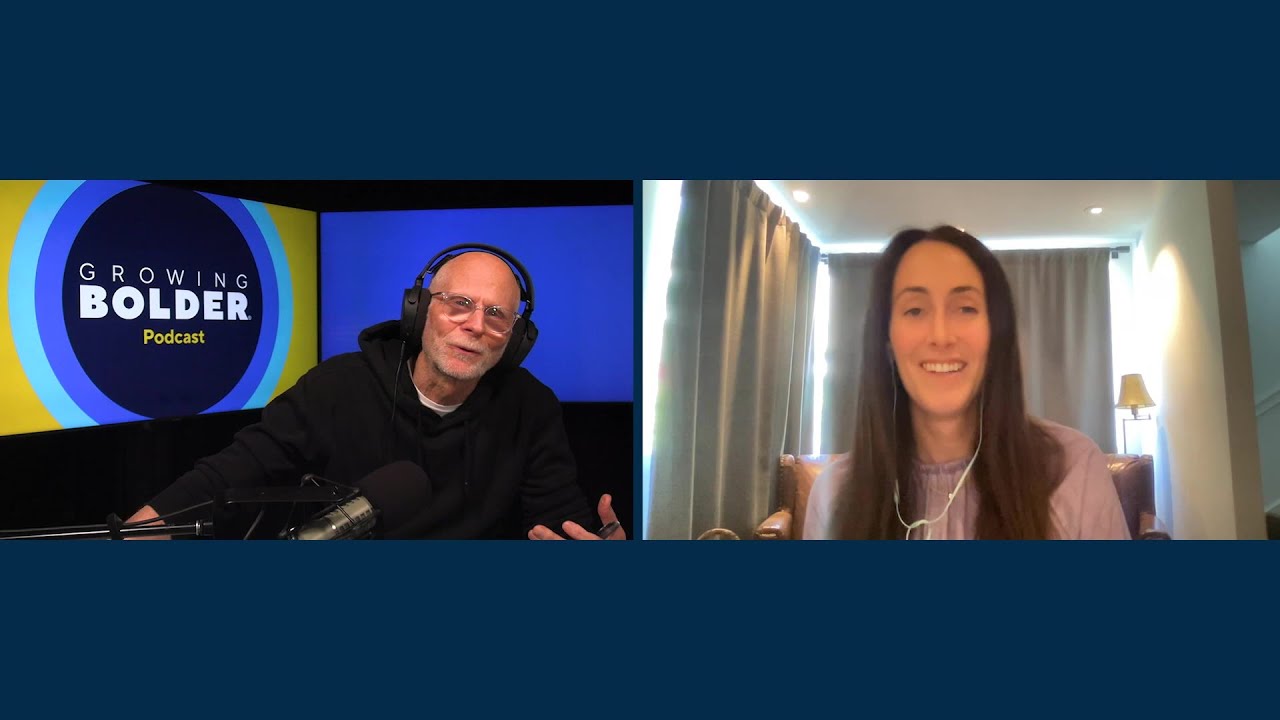All you need to know for Open Enrollment
Every year, Medicare’s Open Enrollment Period is October 15 – December 7. You can always tell this time of year by the flurry of commercials you see on TV advertising the various plan options. The choices seem to be endless, and Medicare planning can be challenging as you determine what coverage option is best for you. Here is a roadmap to help you navigate this year’s Open Enrollment Period.
First established in 1965, Medicare is federal health insurance for anyone age 65 and older, and some people under 65 with certain disabilities or conditions. Medicare is different from private insurance because it does not offer plans for couples or families. It is considered an individual benefit. When you first sign up for Medicare and during certain times of the year, you can choose which way to get your Medicare coverage. There are two main ways: Original Medicare or Medicare Advantage.
Original Medicare
Original Medicare includes Part A and Part B coverage. Part A (hospital insurance) helps cover inpatient care in hospitals, limited skilled nursing facility care, hospice care and home health care. For most people, there is no cost for Part A coverage because they or a spouse paid Medicare taxes long enough while working – generally at least 10 years. Part B (medical insurance) helps cover services from doctors and other health care providers, outpatient care, home health care, durable medical equipment and many preventative services. In 2024, the Part B premium is $174.70 per month (or higher depending on your income). The amount can change each year.
With Original Medicare, you can join a separate Medicare drug plan run by private insurance companies to get Medicare drug (Part D) coverage, which helps cover the cost of prescription drugs. The premium amount varies by plan, and you may have to pay more, depending on your income.
Original Medicare enables you to go to any doctor or hospital that takes Medicare, anywhere in the U.S. It covers most, but not all, of the costs for approved health care services and supplies. After you meet your deductible, you pay your share of costs for services and supplies as you get them. There is no limit on what you will pay out- of-pocket in a year unless you have other coverage from a former employer or union, or Medicaid.
To help pay your out-of-pocket costs in Original Medicare, you can also buy a Medicare Supplement Insurance (Medigap) policy. The premium varies based on which Medigap policy you buy, where you live and other factors. The amount can change each year. You must have Part B and keep paying your Part B premium to keep your Medigap policy. You will have Original Medicare unless you join a Medicare Advantage plan.
Medicare Advantage
Medicare Advantage (or Part C) offers an alternative to Original Medicare for your health and drug coverage. It bundles your Part A, Part B and usually Part D coverage into one plan. Plans may offer some extra benefits that Original Medicare doesn’t cover, including vision, hearing and dental services. You join a plan offered by Medicare- approved private insurance companies that follow rules set by Medicare. Each plan can have different rules for how you get services, such as needing referrals to see a specialist.
Medicare Advantage plans must cover all emergency urgent care, and almost all medically necessary services Original Medicare covers. Some plans tailor their benefit packages to offer additional benefits to treat specific conditions. In most cases, you need to use doctors who are in the plan’s network.
Costs for monthly premiums and services you receive vary depending on which plan you join and can change each year. You may pay a premium for the plan in addition to the monthly Part B premium. Plans may help pay all or part of your Part B premiums. Plans may have lower out- of-pocket costs than Original Medicare. You cannot buy separate supplemental coverage like Medigap.
Medicare Enrollment
Your first chance to sign up for Medicare is generally when you turn 65. This is called your Initial Enrollment Period. It lasts for 7 months, starting 3 months before you turn 65, and ending 3 months after the month you turn 65. There are no penalties if you sign up during this time. There is a Special Enrollment Period that is only available for a limited time for those who work past age 65 and are covered by an employer group health plan, and there is no late enrollment penalty for such qualified individuals. The General Enrollment Period is when you miss the other periods and there is typically a life-long penalty if you sign up during this time. Since Medicare health and drug plans can make changes each year to cost, coverage and which providers and pharmacies are in their networks, during Open Enrollment Period Medicare recipients can change their Medicare health plans and prescription drug coverage for the following year to better meet their needs.
Armed with these basics about Medicare coverage, hopefully you are now better prepared to make the decision that is best for you during this year’s Open Enrollment Period.
Vanessa J. Skinner is a shareholder with the firm of Winderweedle, Haines, Ward & Woodman, P.A., where she chairs the firm’s Wills, Trusts & Estates Department. She was recently named one of the Best Lawyers in America in the area of Elder Law for the third consecutive year. She is the host of The Power of Planning Podcast, anchor.fm/thepowerofplanning















